Natural disasters have a way of leaving a lasting mark on history, and the United States has seen its fair share of them. From hurricanes to earthquakes, these are events that have not only shaped the landscape but have also tested the resilience of communities. While some of these disasters are more recent, others date back more than a century. Either way, they all serve as powerful reminders of nature’s incredible force. Let’s dive into 14 of the worst natural disasters that have ever occurred in the U.S.
1. Galveston Hurricane of 1900
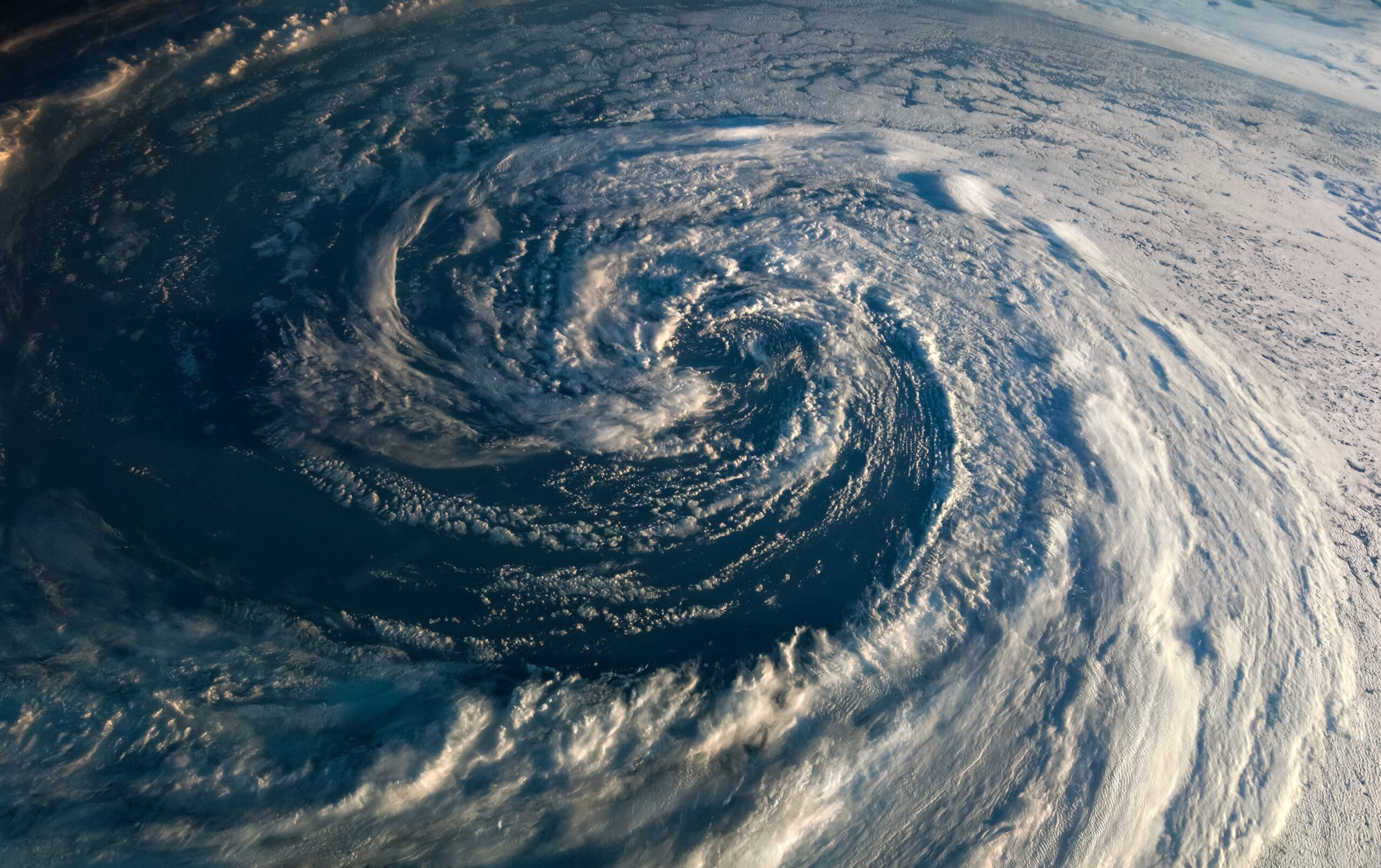
The Galveston Hurricane of 1900 remains one of the deadliest natural disasters in American history. This Category 4 hurricane struck Galveston, Texas, on September 8, 1900, with winds reaching speeds of up to 145 mph. The city was caught off guard as there were no advanced warning systems in place at the time. According to historian Erik Larson, over 8,000 people lost their lives in this tragic event, effectively decimating the island’s population. The aftermath led to major changes in weather forecasting and disaster response systems.
The hurricane inflicted catastrophic damage, with storm surges overwhelming the island, which at some points was only a few feet above sea level. Buildings were flattened, and approximately 3,600 homes were destroyed, leaving the survivors to pick up the pieces. In the wake of the disaster, Galveston undertook extensive engineering work, including raising the city’s elevation and constructing a seawall. Despite these efforts, the memories of the hurricane continued to haunt the residents for many years. This event remains a poignant example of nature’s unpredictability and the importance of preparedness.
2. San Francisco Earthquake of 1906
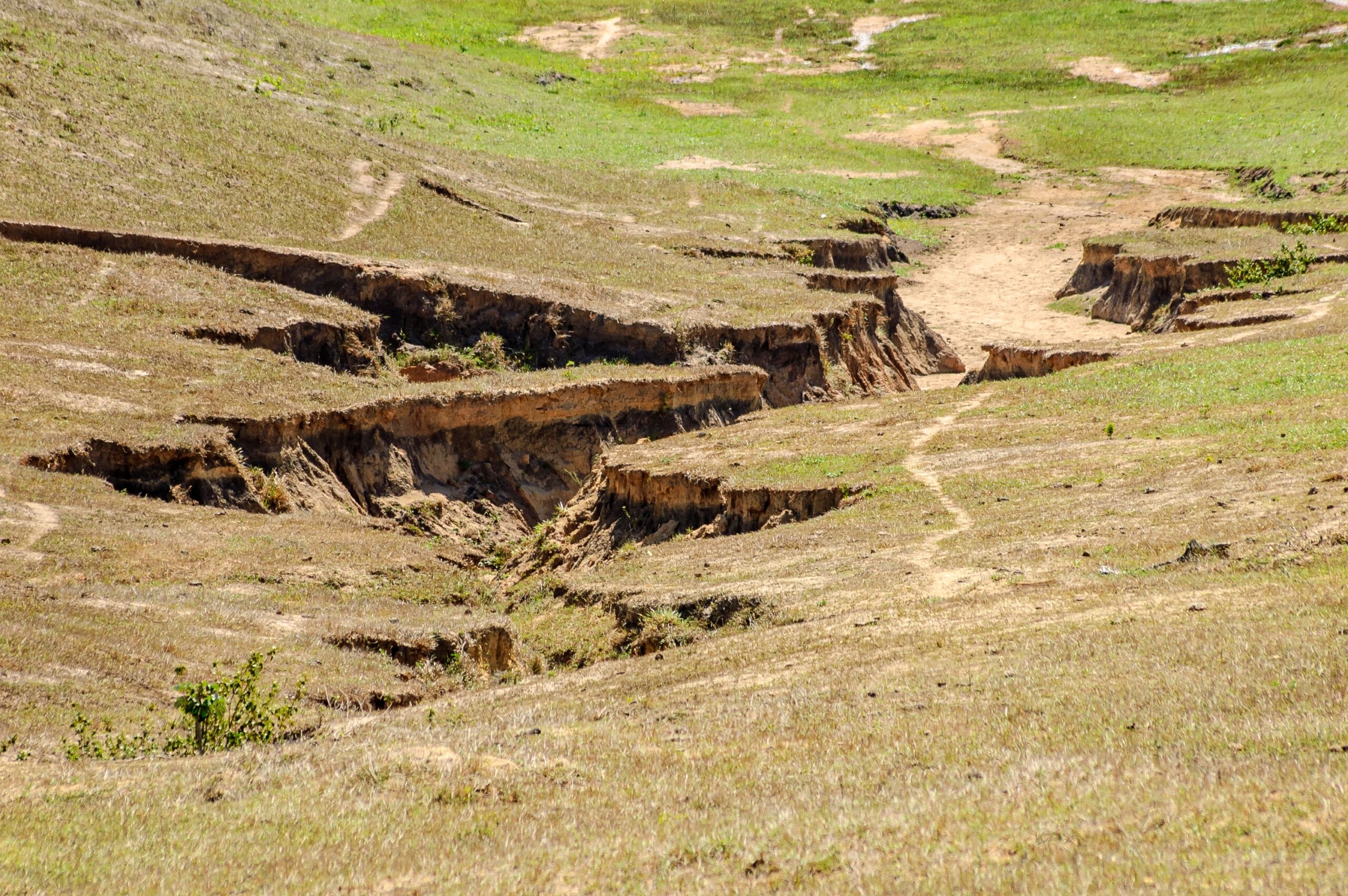
The San Francisco Earthquake of 1906 struck in the early hours of April 18, 1906, leaving a path of devastation in its wake. Measuring an estimated 7.9 on the Richter scale, the earthquake and resulting fires destroyed over 80% of the city. For those living in San Francisco, the event was both terrifying and surreal, with buildings collapsing and fires raging uncontrollably. Nearly 3,000 lives were lost, and the economic impact was profound, costing the city over $500 million in damages at the time. The resilience of the city’s residents, however, shone through as they worked tirelessly to rebuild.
Besides the structural damage, the earthquake had a lasting impact on the city’s infrastructure. Water mains were severed, making it nearly impossible for firefighters to control the blazes that erupted all over the city. In response, urban planning and building codes were significantly revised, emphasizing safety and preparedness. The earthquake also highlighted the need for a more coordinated emergency response, a lesson that has resonated in earthquake-prone areas across the country. This disaster remains a stark reminder of the powerful forces beneath the Earth’s surface.
3. Hurricane Katrina in 2005
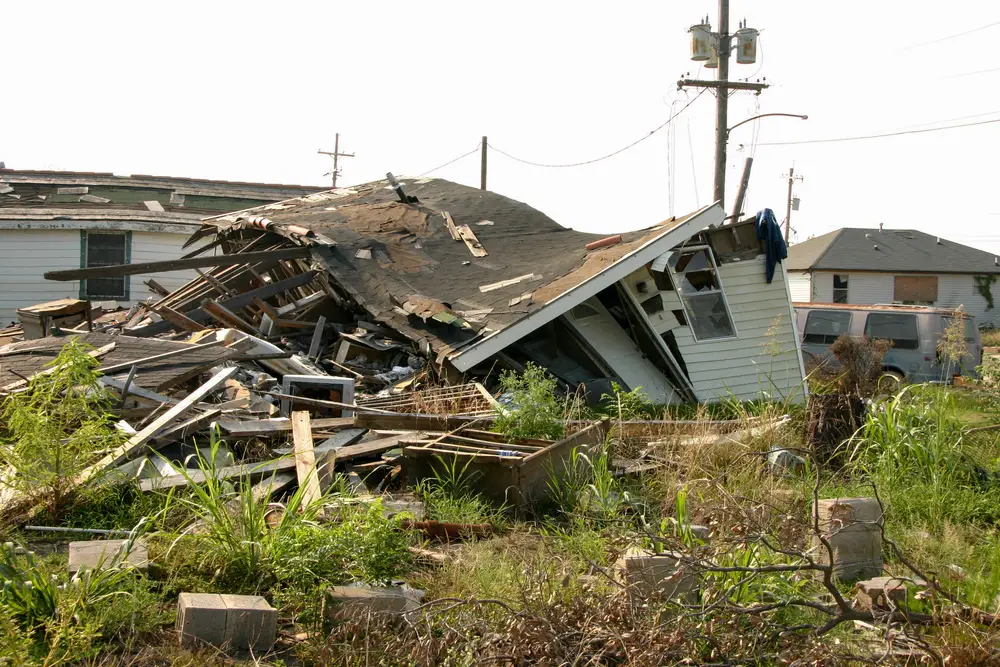
Hurricane Katrina is often remembered for the sheer scale of its devastation when it struck the Gulf Coast in late August 2005. A Category 5 storm at its peak, Katrina caused widespread destruction from central Florida to Texas, with New Orleans being one of the hardest-hit areas. According to a study by the American Society of Civil Engineers, the city’s levee system was a major failure point, leading to catastrophic flooding. In total, more than 1,800 people died in the disaster, and tens of thousands of residents were displaced. The hurricane caused over $100 billion in damages, making it one of the costliest natural disasters in U.S. history.
The societal impact of Katrina was just as significant as the physical damage. The disaster exposed deep flaws in the country’s emergency management systems, leading to significant criticism of the federal response. In the aftermath, there was a national conversation about race, poverty, and government accountability. Rebuilding efforts have been extensive, yet challenges remain, especially in the areas most affected by the flooding. Hurricane Katrina left a legacy of lessons in disaster preparedness and response that continues to influence policy and planning today.
4. Great Mississippi Flood of 1927
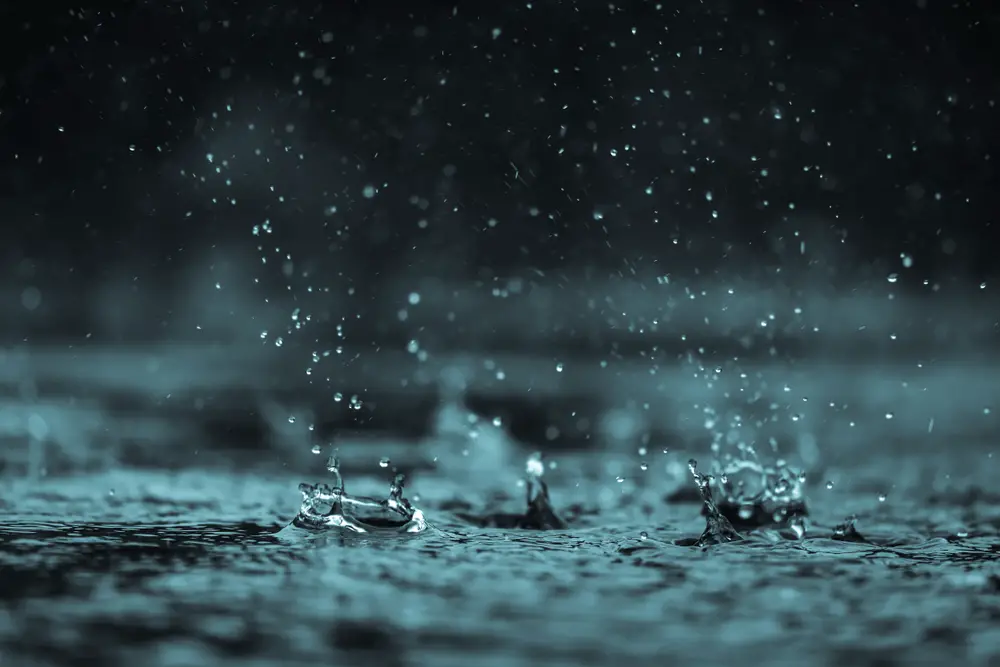
The Great Mississippi Flood of 1927 is another event that left an indelible mark on American history, particularly in the southern states. Starting in April 1927, heavy rains led to the Mississippi River breaching its banks, flooding 27,000 square miles across ten states. The flood displaced more than 600,000 people, many of whom were African American sharecroppers. This disaster highlighted the racial and social inequalities of the time, as relief efforts often prioritized white communities. The economic impact was staggering, with damages exceeding $400 million, a significant sum during that era.
In response to the flood, the U.S. government took action to prevent such a disaster from happening again. The Flood Control Act of 1928 was enacted, leading to the construction of new levees and floodways. These infrastructure improvements were designed to manage the river’s flow more effectively and protect surrounding communities. Despite these efforts, the flood’s long-term effects were felt for decades, particularly in the affected agricultural regions. This event remains a significant chapter in the history of American natural disasters, prompting changes in both policy and engineering practices.
5. Okeechobee Hurricane of 1928
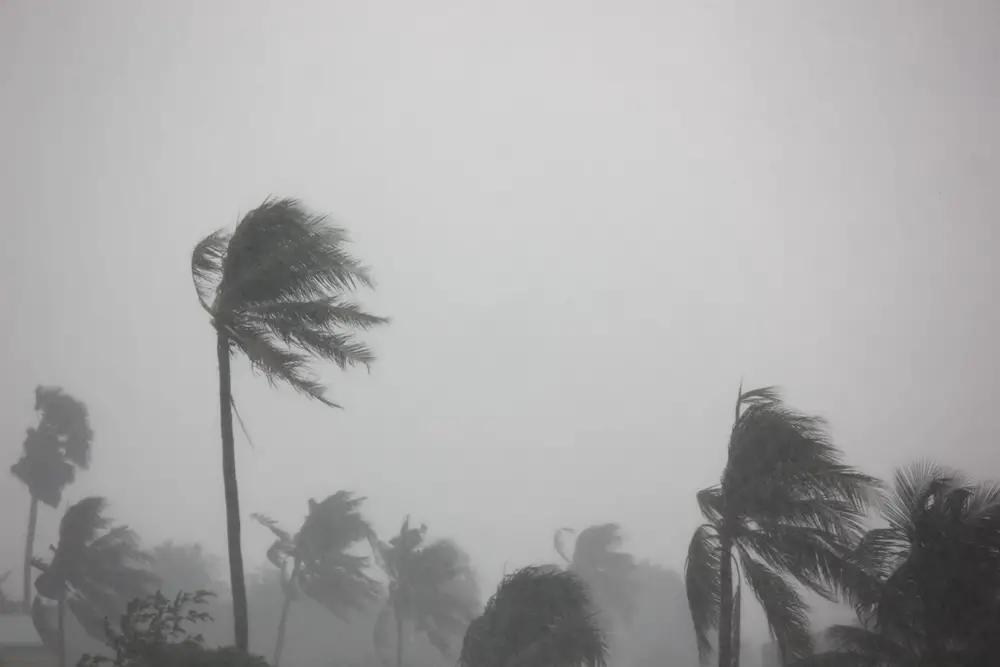
The Okeechobee Hurricane of 1928, also known as the San Felipe Segundo hurricane, struck the Caribbean and the southeastern United States with unparalleled force. Making landfall in Florida, the storm brought with it winds exceeding 160 mph and a storm surge that devastated the Lake Okeechobee region. A study by the National Oceanic and Atmospheric Administration (NOAA) revealed that the levee system around Lake Okeechobee failed catastrophically, leading to widespread flooding. Approximately 2,500 people lost their lives, making it one of the deadliest hurricanes in U.S. history. The hurricane caused massive destruction to crops and infrastructure, leaving a lasting impact on Florida’s economy.
The human toll and devastation led to considerable changes in flood management and disaster response. The failure of the levee system prompted the U.S. Army Corps of Engineers to construct the Herbert Hoover Dike around Lake Okeechobee. This massive engineering project was designed to prevent future breaches and protect the surrounding communities. In addition, the disaster influenced emergency management practices, emphasizing the need for better forecasting and preparedness. The Okeechobee Hurricane serves as a reminder of the power of hurricanes and the importance of sound infrastructure planning.
6. The Dust Bowl of the 1930s
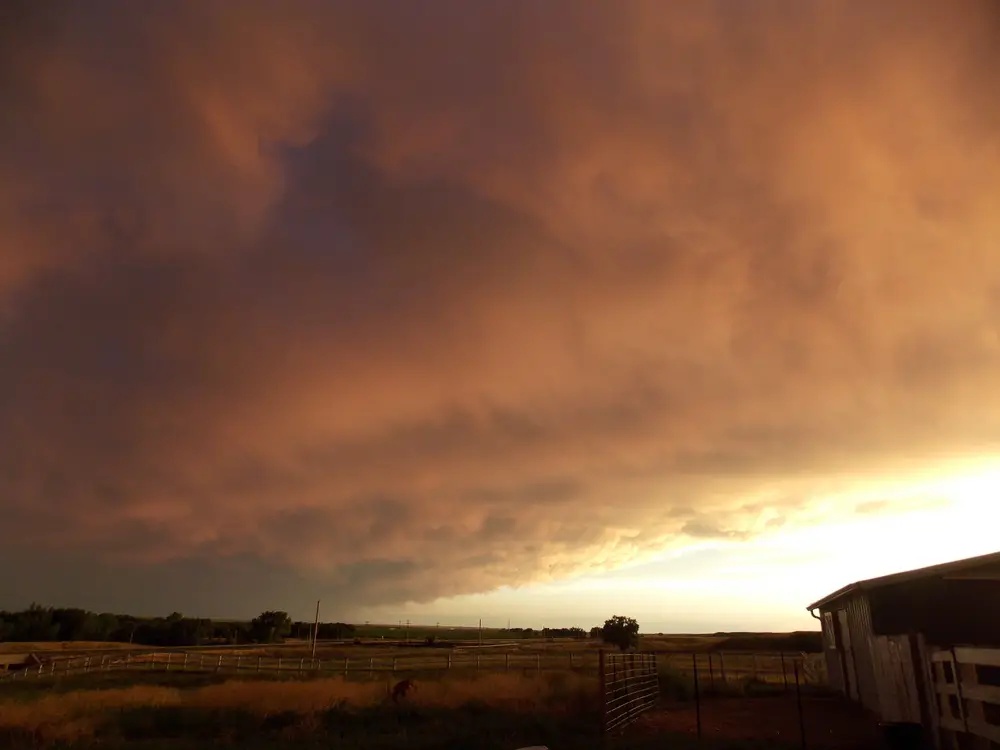
The Dust Bowl was an environmental disaster that plagued the U.S. Great Plains during the 1930s. Severe drought combined with decades of poor agricultural practices led to massive dust storms that swept across the region. Farmers struggled as crops failed, and the land became barren, forcing many families to abandon their homes in search of better opportunities. This period was immortalized in literature and photography, capturing the hardship and resilience of those affected. The Dust Bowl not only had a profound economic impact but also led to significant demographic shifts as people migrated to other parts of the country.
Government intervention played a crucial role in addressing the causes and consequences of the Dust Bowl. Initiatives aimed at soil conservation and sustainable farming practices were introduced to restore the land and prevent future occurrences. The creation of the Soil Conservation Service in 1935 marked a turning point in federal agricultural policy. This disaster highlighted the critical relationship between environmental stewardship and economic stability. The lessons learned from the Dust Bowl continue to inform modern agricultural practices and environmental policies.
7. Johnstown Flood of 1889
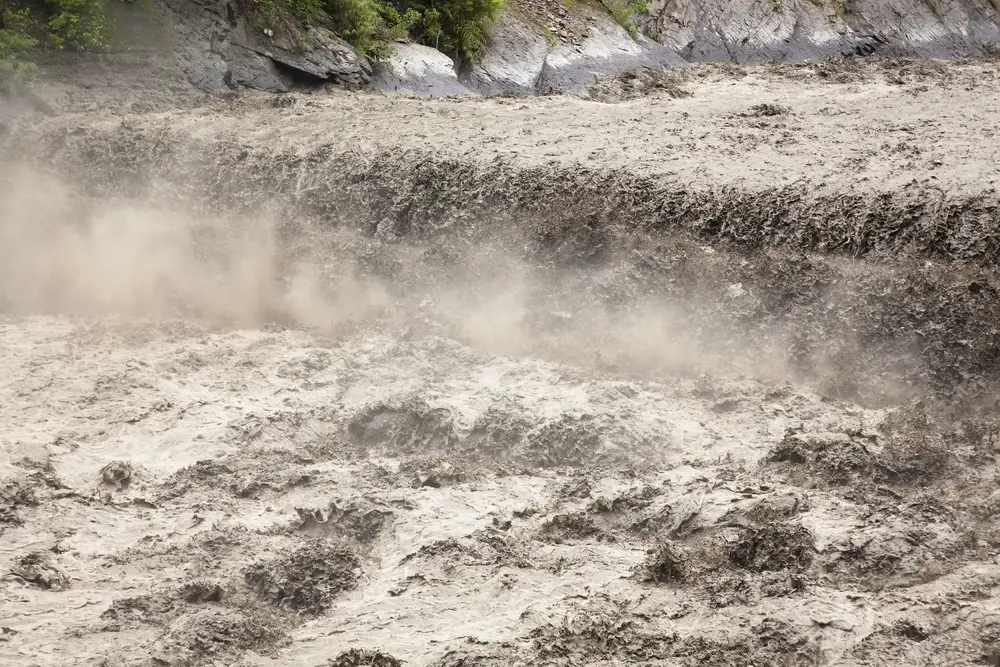
The Johnstown Flood of 1889 was a catastrophic event that struck the town of Johnstown, Pennsylvania, on May 31, 1889. Heavy rainfall led to the failure of the South Fork Dam, releasing 20 million tons of water into the valley below. The resulting floodstorm was devastating, wiping out everything in its path and claiming the lives of over 2,200 people. Historian David McCullough extensively chronicled this event, noting the industrial negligence and poor maintenance that contributed to the disaster. The flood caused approximately $17 million in damages, a substantial sum at the time.
The aftermath of the Johnstown Flood led to significant changes in dam construction and maintenance regulations. The public outcry over the disaster and the role of industrialists led to increased scrutiny and oversight of infrastructure projects. Relief efforts were organized quickly, with the American Red Cross playing a pivotal role in providing aid to the affected community. This disaster also prompted discussions about liability and compensation for victims of industrial accidents. The Johnstown Flood remains a somber reminder of the potential consequences of infrastructure failure and the importance of rigorous safety standards.
8. Northridge Earthquake of 1994
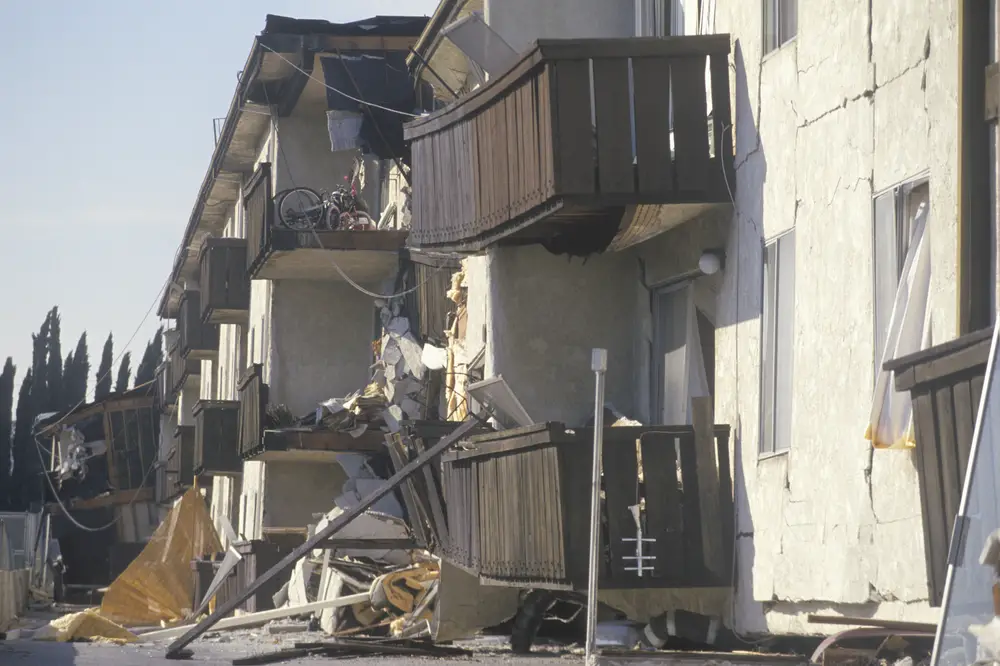
The Northridge Earthquake of 1994 shook the Los Angeles area on January 17, 1994, early in the morning. With a magnitude of 6.7, the earthquake caused widespread damage throughout the San Fernando Valley and beyond. The quake was particularly lethal due to its shallow depth and proximity to densely populated areas. The damage included collapsed buildings, destroyed freeways, and widespread power outages, with the economic impact estimated at $44 billion. Thankfully, the early morning timing meant fewer people were on the roads, which likely saved lives.
The response to the Northridge Earthquake showcased significant advancements in emergency management. The Federal Emergency Management Agency (FEMA) coordinated a swift response, providing aid to thousands of displaced residents. The disaster also led to changes in building codes and retrofitting requirements to improve earthquake resilience in California. The lessons from Northridge continue to be applied to current seismic safety practices and emergency preparedness planning. This earthquake serves as a reminder of the ongoing risk faced by residents of seismically active regions.
9. The Great Chicago Fire of 1871
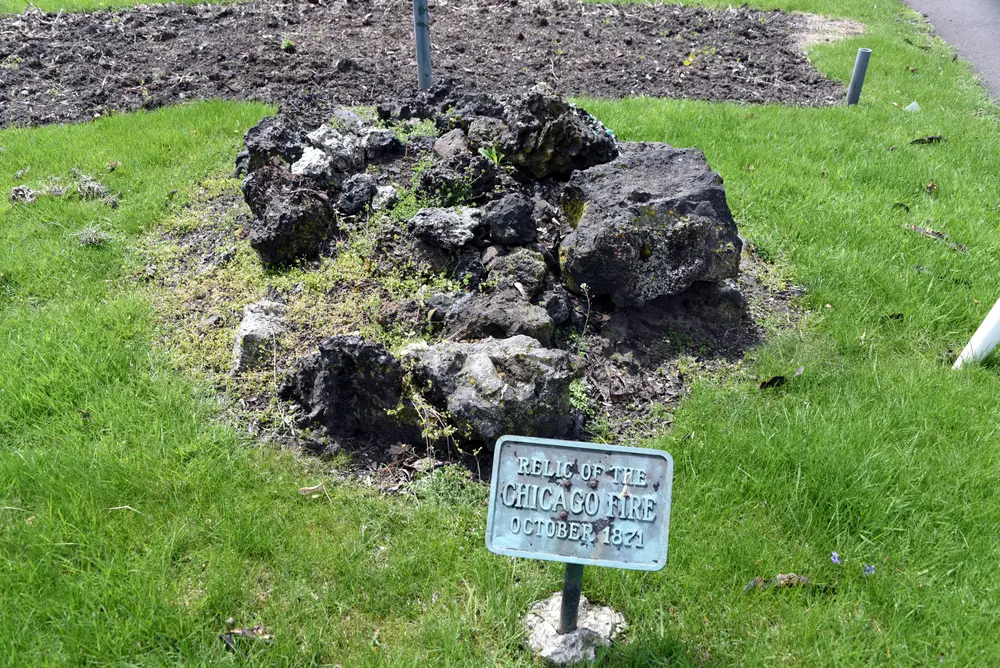
While not a natural disaster in the traditional sense, the Great Chicago Fire of 1871 was a catastrophic event exacerbated by natural conditions. Starting on the night of October 8, 1871, the fire raged for two days, fueled by dry conditions and strong winds. The blaze destroyed roughly 3.3 square miles of the city, leaving more than 100,000 residents homeless. An estimated 300 people died as a result of the fire, and the financial losses were staggering, with damages amounting to $200 million. The rebuilding process was swift, and the disaster led to new fire safety regulations.
The conditions that contributed to the fire’s spread were partly natural, as a long drought and wooden building materials created a tinderbox situation. In the aftermath, the city of Chicago revised its building codes to encourage the use of fire-resistant materials. This disaster also led to advances in urban planning and infrastructure development as Chicago emerged as a modern metropolis. The fire remains a pivotal moment in the city’s history, symbolizing resilience and rebirth. The Great Chicago Fire is a testament to the importance of preparedness and the role of urban planning in mitigating disaster risks.
10. Tri-State Tornado of 1925
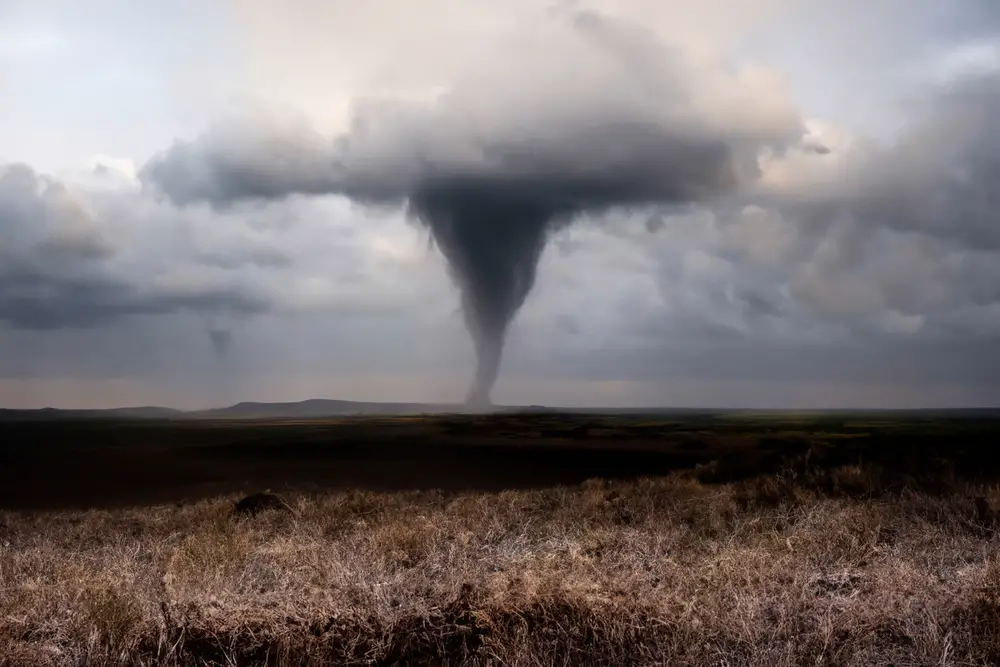
The Tri-State Tornado, which struck on March 18, 1925, remains the deadliest tornado in U.S. history. It ravaged parts of Missouri, Illinois, and Indiana, leaving a trail of destruction over 219 miles long. The tornado claimed the lives of 695 people and injured more than 2,000 others. Whole towns were decimated within minutes, with homes, schools, and businesses reduced to rubble. The financial impact was immense, with damages estimated at $17 million, a considerable sum for the time.
This tornado spurred significant advancements in meteorology and public safety measures. In response to the disaster, efforts were made to improve tornado forecasting and communication systems to provide earlier warnings to at-risk communities. The tragedy also underscored the importance of disaster preparedness and community resilience in the face of such violent weather events. Over the years, these lessons have contributed to more effective tornado response strategies and safety protocols. The Tri-State Tornado remains a stark reminder of the destructive power of nature and the need for vigilance.
11. Mount St. Helens Eruption in 1980
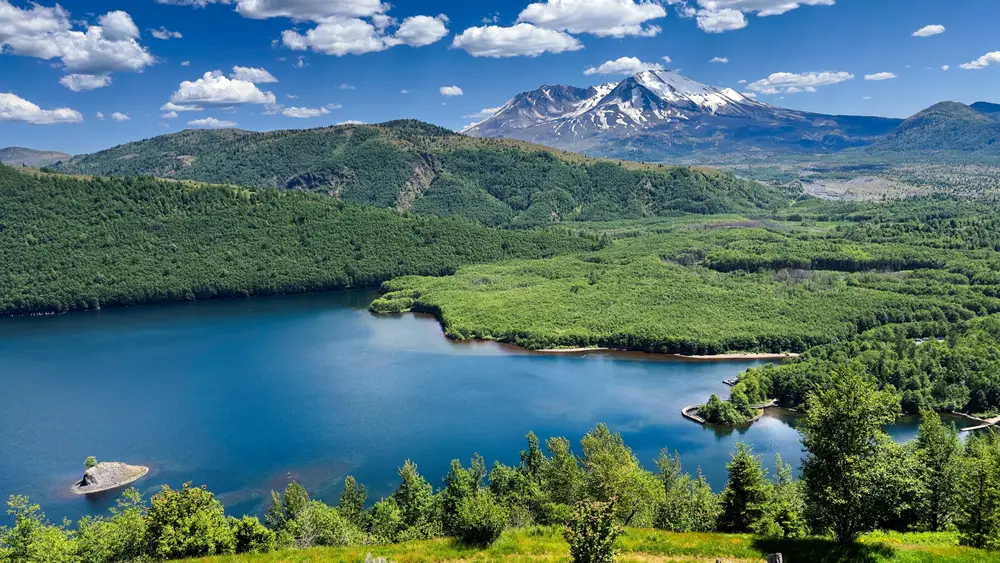
The eruption of Mount St. Helens on May 18, 1980, was a dramatic geological event that captured the world’s attention. Located in Washington State, the volcano’s eruption was preceded by weeks of seismic activity and small explosions. When it finally erupted, it released a massive ash cloud and caused a lateral blast that leveled forests and destroyed everything in its path. Fifty-seven people lost their lives, and the eruption caused over a billion dollars in property damage. The environmental impact was also significant, with landscapes transformed and ecosystems disrupted.
The eruption of Mount St. Helens led to improvements in volcanic monitoring and disaster preparedness. Scientists gained valuable insights into volcanic activity, leading to better prediction models and warning systems. The event also highlighted the importance of public education about volcanic hazards and evacuation procedures. Recovery efforts have been ongoing, and the area has since become a living laboratory for studying ecological regeneration. The eruption remains an important case study in understanding volcanic processes and managing geological risks.
12. The Great Blizzard of 1888

The Great Blizzard of 1888, also known as the “Blizzard of ’88,” was a historic winter storm that paralyzed the northeastern United States. Striking in March 1888, the blizzard brought heavy snow, fierce winds, and freezing temperatures to major cities like New York and Boston. Snow drifts reached as high as 50 feet in some places, effectively shutting down transportation and communication systems. More than 400 people died due to the storm, and the economic impact was significant, with damages exceeding $20 million. The blizzard highlighted the vulnerabilities of urban infrastructure to extreme weather events.
The response to the blizzard led to several important changes in city planning and infrastructure. In New York City, for example, the storm prompted the development of the underground subway system to ensure transportation continuity during severe weather. Communication systems were also improved, with telephone lines moved underground to prevent disruptions. The Great Blizzard of 1888 remains a key event in the history of American meteorology and urban development. The storm’s legacy continues to influence how cities prepare for and respond to extreme weather conditions.
13. Hurricane Andrew in 1992
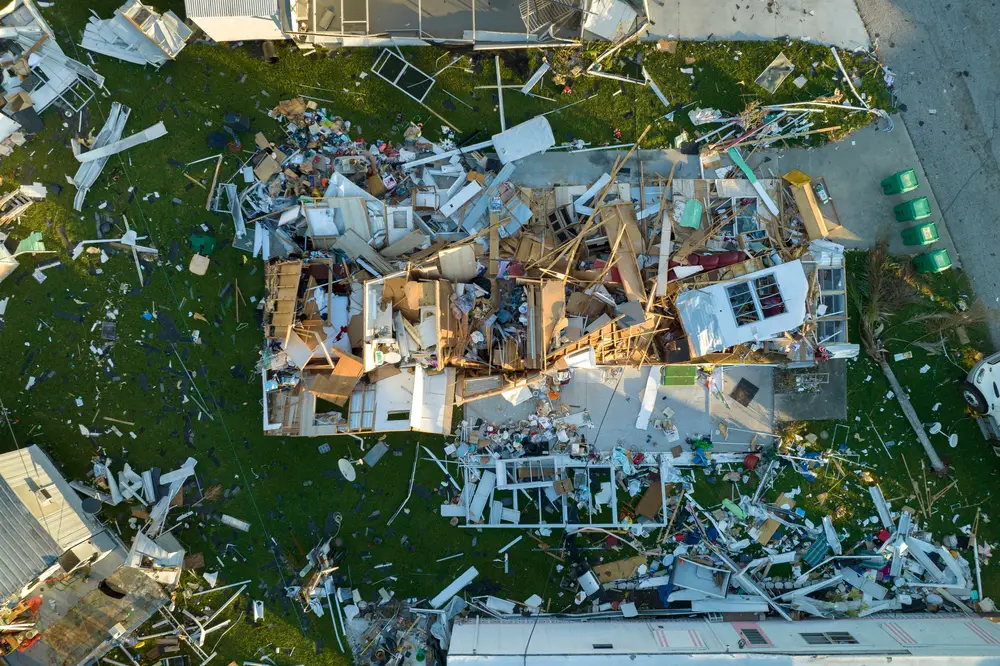
Hurricane Andrew was a powerful Category 5 hurricane that struck the Bahamas, Florida, and Louisiana in August 1992. With wind speeds reaching up to 175 mph, Andrew caused widespread destruction, particularly in southern Florida. The hurricane damaged or destroyed more than 125,000 homes and left approximately 250,000 people homeless. The financial impact was enormous, with damages estimated at $27 billion, making it one of the costliest hurricanes in U.S. history at the time. The disaster response revealed significant gaps in emergency management and prompted changes in policy and infrastructure.
The aftermath of Hurricane Andrew led to improvements in building codes and emergency preparedness. Florida, in particular, implemented stricter construction standards to enhance the resilience of homes and buildings against future storms. The hurricane also spurred advancements in meteorological technology and forecasting, allowing for better prediction and warning systems. Community awareness and preparedness initiatives became more prominent, emphasizing the importance of readiness in hurricane-prone areas. Hurricane Andrew remains a pivotal event in the history of natural disasters in the U.S., shaping modern approaches to disaster management and resilience.
14. The Yellowstone Fires of 1988

The Yellowstone Fires of 1988 were a series of wildfires that burned vast areas of Yellowstone National Park and its surroundings. Starting in June 1988, the fires were fueled by drought conditions, high temperatures, and strong winds. By the time they were extinguished in late September, more than 793,000 acres had burned, making them some of the largest wildfires in U.S. history. The fires caused significant ecological changes but resulted in no fatalities. The event sparked national debate over fire management policies and the role of natural fire in maintaining ecosystem health.
In response to the Yellowstone Fires, the National Park Service and other agencies reassessed their fire management strategies. The event highlighted the importance of allowing natural fires to play a role in ecosystem dynamics while also emphasizing the need for effective fire suppression strategies when necessary. The fires also provided valuable insights into forest regeneration and the resilience of natural systems. Public understanding of fire ecology has since improved, leading to more informed discussions about wildfire management. The Yellowstone Fires remain a seminal event in the history of wildland fire management.
